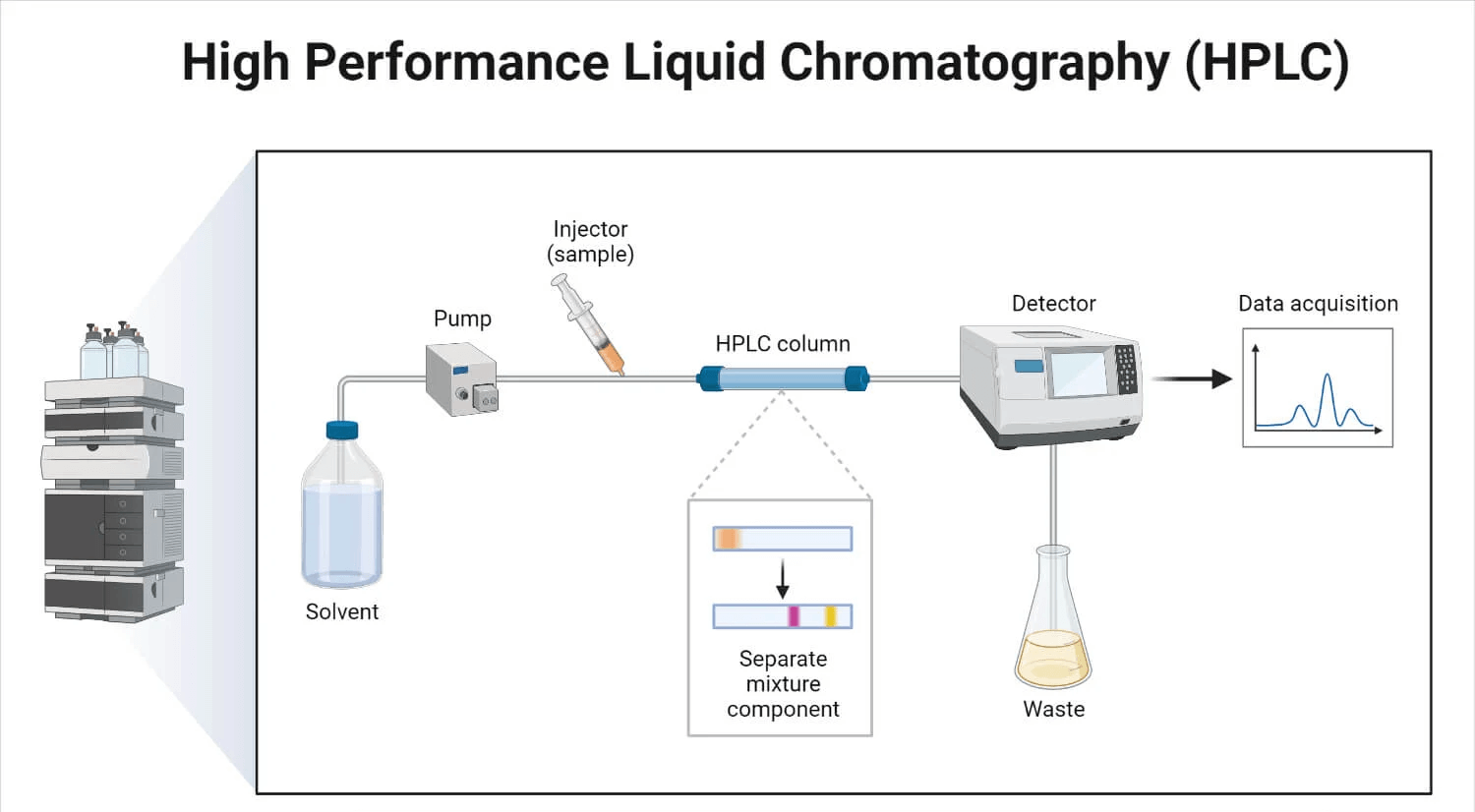





Introduction: Liquid chromatography columns are the heart of a high-performance liquid chromatography system. Their performance directly impacts the accuracy and reliability of the separation process. Proper installation, activation, maintenance, and storage are essential to ensuring optimal functionality. This guide will walk you through every aspect of using a liquid chromatography column.
[^1]: Exploring HPLC will enhance your knowledge of its applications and benefits in various fields.
Before using your chromatography column, it’s crucial to inspect the package and column. Follow these steps:
Proper installation is essential for peak column performance:
Reversed-phase columns are commonly used for separation. Here’s how to prepare and use them:
To restore column efficiency:
Diamino and silica gel columns are ideal for normal-phase and reverse-phase separations.
To extend the life of your chromatography column, follow these key maintenance practices:
Proper use and maintenance of liquid chromatography columns are essential for achieving accurate and reliable results. By following the procedures outlined above, you can ensure that your column performs optimally and has a long lifespan. Whether you are using reversed-phase, diamino, or silica gel columns, always remember to check, clean, and store your column correctly after use to maintain the quality of your analysis.
Get The Latest Updates and Promotion Information.
